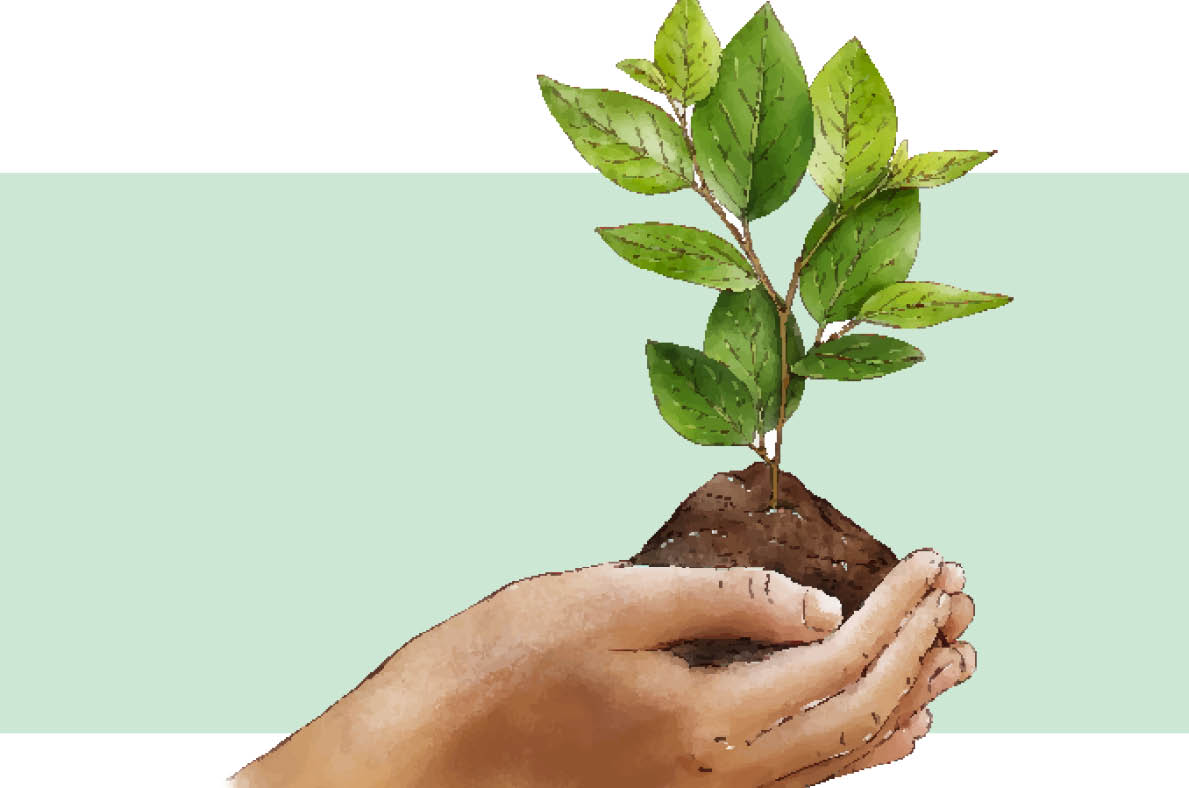In the contemporary era, where industrialisation is synonymous with progress, the specter of climate change looms larger than ever. The world is at a crossroads, grappling with the results of decades of unsustainable practices and excessive carbon emissions. In this global picture, Africa, a continent often sidelined in narratives of industrial progress, offers a unique perspective. With its vast landscapes, diverse ecosystems, and abundant natural resources, Africa contributes only 3% to global emissions. Within this vast continent, Nigeria — Africa’s most populous nation — plays a pivotal role.
Unraveling the Carbon Puzzle
The global average carbon footprint per person stands at 5 tons of CO2 annually. For the Western world, these figures are an alarm bell, signaling the need for drastic measures. In stark contrast, Africa’s carbon footprint tells a different tale. Given its 3% contribution to global emissions, an average African’s carbon footprint is a mere 0.15 tons of CO2 annually. For a Nigerian household of five, this totals 0.75 tons of CO2 each year.
Let’s use these figures to calculate the number of trees each household should plant.
FG to honour Gombe for GIS implementation
FG to change criteria for promotion in NSCDC, Immigration, others soon – Tunji-Ojo
Total annual CO2 emissions of the household = 0.75 tons. If CO2 absorption per tree = 0.022 tons per tree per year, then:
Number of trees needed = Total emissions / Absorption per tree
Number of trees needed = 0.75 tons / 0.022 tons/tree
Number of trees needed ≈ 34 trees per year
So, based on Africa’s adjusted carbon footprint, an average household of five in Nigeria would need to plant approximately 34 trees every year to offset their combined carbon footprint. That’s about seven trees per individual.
While these figures might seem minuscule compared to global giants, it’s imperative to grasp their significance. Nigeria, with its burgeoning population and economic aspirations, faces a two-fold challenge: how to grow sustainably while ensuring the well-being of its citizens and the environment.
The Power of Trees
Nature, in its infinite wisdom, has provided solutions that humankind is only beginning to understand fully. Trees, often romanticized in literature and art, are not just symbols of serenity; they are frontline warriors against climate change. A mature tree absorbs approximately 22 kg (or 0.022 tons) of CO2 annually, a figure that might vary based on numerous factors like species, age, health, and local climatic conditions.
But beyond these numbers lies a deeper narrative. Trees, in their silent, steadfast manner, are testimony to the power of resilience. They withstand storms, offer shade, bear fruit, and most importantly, purify the air, making Earth habitable.
Bridging the Gap with Greenery
The math is straightforward: to neutralise the carbon footprint of an average Nigerian household of five, about 34 trees need to be planted every year. It’s a number that offers hope and a tangible solution.
When multiplied across households, communities, cities, and the nation, the potential of this green initiative is staggering. Imagine a Nigeria where urban landscapes are dotted with green canopies, where schools have lush gardens, and where businesses take pride in their green credentials. This vision is achievable and within reach.
Furthermore, the benefits of tree planting transcend carbon sequestration. Trees play a crucial role in maintaining ecological balance. They are sanctuaries for countless species, anchor the soil preventing erosion, play a pivotal role in water cycles, and offer socio-economic benefits. For communities reliant on agriculture, trees can enhance soil fertility, provide raw materials, and boost local economies.
Beyond Carbon: The Socio-Economic Impact of Trees
Expanding the green cover isn’t just an environmental imperative; it’s a socio-economic one. Nigeria, with its diverse landscapes ranging from the mangroves of the Niger Delta to the Sahelian stretches in the North, can leverage tree planting for economic benefits. Agroforestry, the practice of integrating trees into farming systems, can boost yields, diversify income, and make farming systems more resilient to climate shocks. For example, I’ve seen Kenya farmers plant potatoes between Wambugu apples. The potatoes serve many purposes. They cover the soil to keep it moist thereby reducing the amount of water needed for the apple trees; it also locks in the soil nutrients by serving as mulch. Then of course, farmers can sell the potatoes before they harvest the apples.
Furthermore, tree planting initiatives can create employment opportunities, especially for the youth, turning an environmental initiative into an engine for economic growth.
In Conclusion
Nigeria stands on the cusp of a green revolution. The act of planting trees, rooted in simplicity, holds the promise of a sustainable, prosperous future. It’s an opportunity to redefine progress, not as a trajectory of unbridled consumption, but as a harmonious coexistence with nature.
In a world teetering on the brink of ecological collapse, Nigeria can lead by example, showcasing that solutions often lie in returning to the basics. The tree, with its deep roots and outstretched branches, is a symbol of hope, a beacon for a brighter, greener tomorrow.
PS: I’m leading a project (www.200MillionTrees.com) to plant one tree for every Nigerian. This is because Nigeria has lost 60% of its forest cover due to charcoal harvesting and other developments. Help our mission today by sending us an email.




